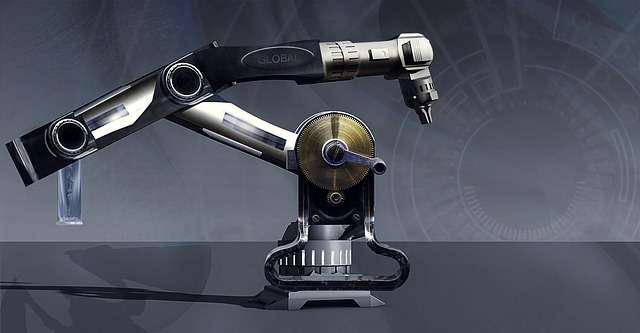The recent World Economic Forum report predicted that machines will perform half of all work tasks by 2025. Many industries have already begun exhibiting this innovation. For instance, in Japan, one restaurant only employs robots as servers, and the place is called Robot Restaurant, which unfortunately closed down in 2020 due to the pandemic. Regardless, Robot Restaurant has proven that we now have machines to replace humans in a few roles.

And yet, the public sector remains far behind in terms of technology. You’ll encounter at least one person complaining about the public sector’s inefficiency everywhere you go. True enough, when you need permits and licenses, you’d usually endure long lines and processing times. You’ll also fill in several forms that you could’ve skipped if the government agency had just automated all forms.
One concern the public sector expresses about innovation is job loss, and government agencies fear that adopting artificial intelligence will force them to lay off employees. However, the public sector should view automation as an encouraging development instead of a disadvantageous one.
Automation is particularly beneficial today, with most people preferring contactless transactions. If government agencies still force citizens to come to their offices in person, people might lose trust in the system.
That said, here are the rest of the reasons the public sector should embrace automation:
The Growing Demand
The growth in the demand for automation has started before the pandemic. People have been gravitating toward automated procedures over the last decade. They find automation more convenient due to their inflexible working hours and busy schedules. Most people only have the weekends as their free time, and spending it in a government office is one way to waste what’s supposed to be a restful day.
If government agencies need people to fill in forms, they can offer downloadable versions online, which people may fill in through their computers or smartphones. It saves considerable time and money for both parties. The citizens can skip driving and consuming fuel, while the public sector can save on printing costs and time sifting through hundreds of paperwork.
Society has become more reliant on online services for information, and the pandemic accelerated this change. And the private sector has been setting the bar high in terms of efficiency and customer service. Hence, the public sector should catch up quickly. The demand for automation will grow further, and governments can’t ignore it forever.
Optimized Workflow
According to a Deloitte analysis in 2019, cognitive technologies like AI could optimize the workflow of the offices of the U.S. federal government. In addition, it could free 25% of work hours and generate up to $41 billion of cost savings.
These findings can create an opportunity for other governments to adopt automation. They don’t need to automate their entire workflow if they don’t have the budget yet. But they can start automating basic procedures, like administrative tasks. For example, spreadsheets can replace filing thousands of paperwork. Spreadsheets may not be the most high-tech innovation, but they can still relieve staff from repetitive tasks. The public sector can then focus on more relevant projects, while their team can work faster and simpler.
Data Security
Files in the cloud aren’t as susceptible to lose as hard copies. While hard copies remain essential, they’ll disappear forever in case of a fire, flood, or theft. On the other hand, digital files in the cloud can serve as primary copies and backups. And they are easier to access, and an employee only needs to provide a password in the software. They can also share files within a secure network, helping them avoid hackers or identity thieves.
Easier Troubleshooting
When manual systems experience a problem, it can be challenging to find the root cause. Often, employees or managers go through a trial-and-error process before finding the actual situation and eliminating it. Automation, particularly cloud computing, can relieve the public sector of this burden.
Government cloud migration can allow the public sector to identify issues and diagnose them quickly. One example of cloud-computing software is ServiceNow. It can help correct issues with self-service, saving time, and maintaining productivity. Moreover, ServiceNow has healthcare, financial services, education, and telecommunication applications. Hence, those industries under the public sector can also adopt automation and troubleshoot issues more efficiently.
Though the public sector’s budget is always tight, they can benefit from automation because it generates a high return on investment. In addition, automation increases productivity, allowing government employees to accomplish more tasks and boost cash flow. As a result, the public sector can improve its service and gain the citizens’ trust. More importantly, automation would kill human resources, creating new jobs and allowing workers to gain new skills and better careers.

